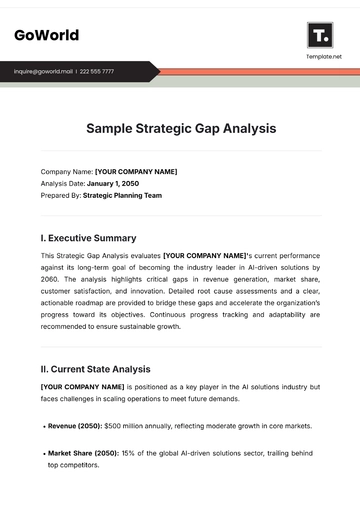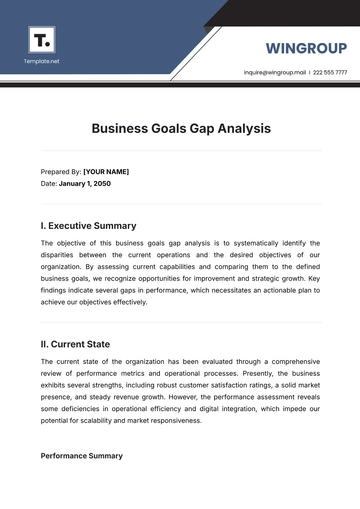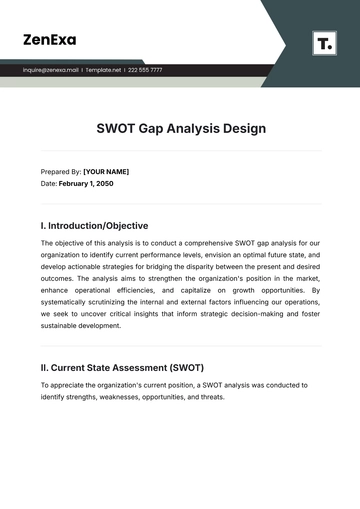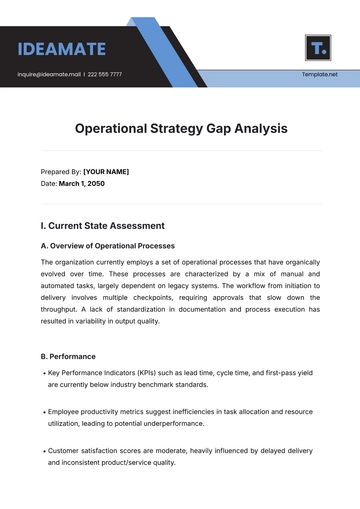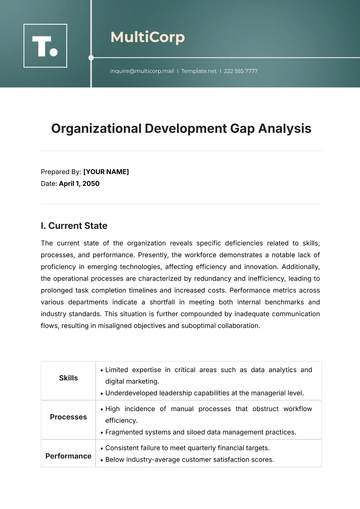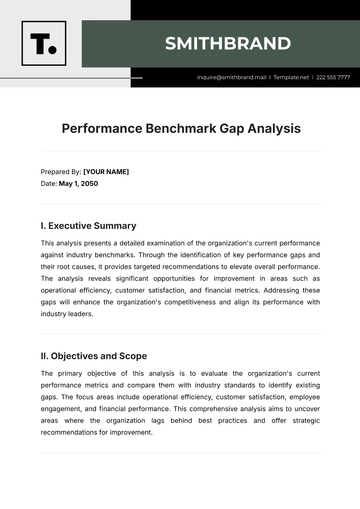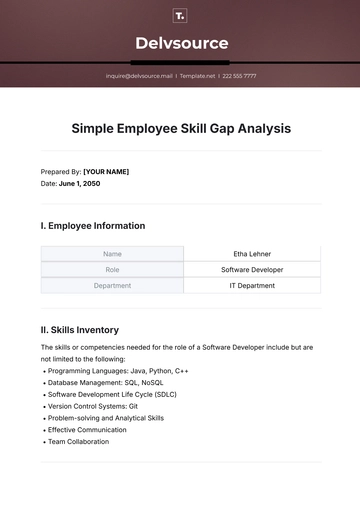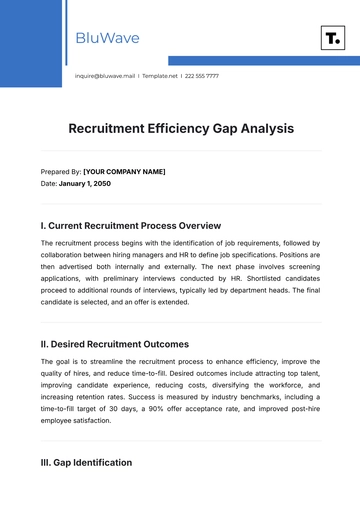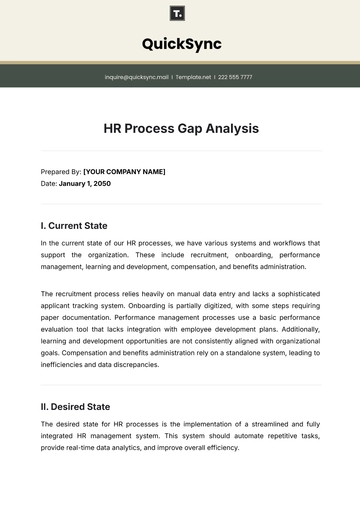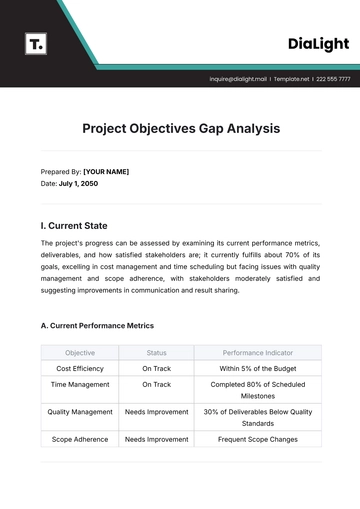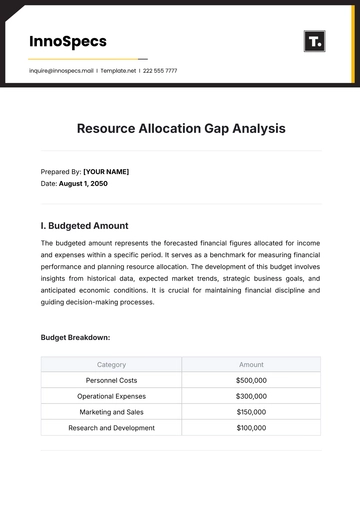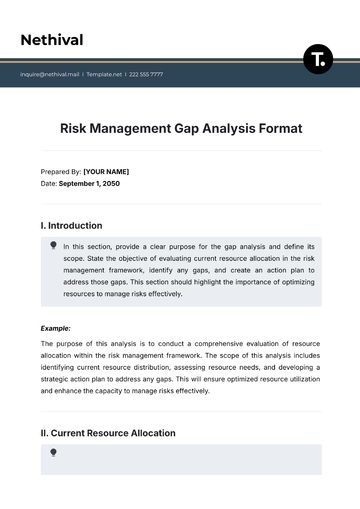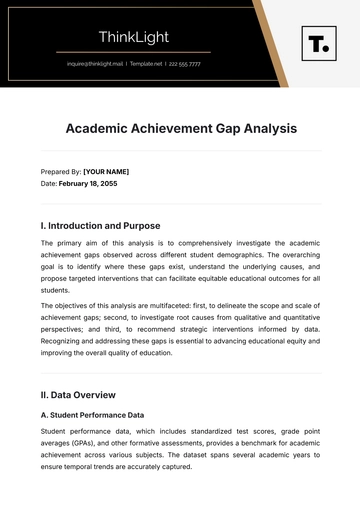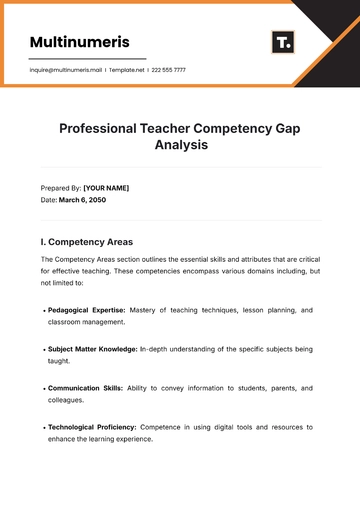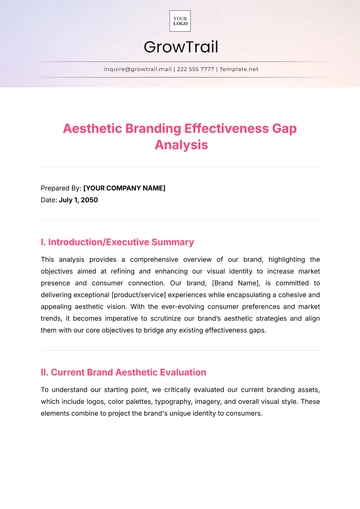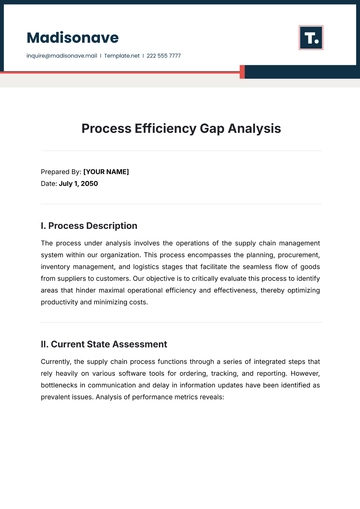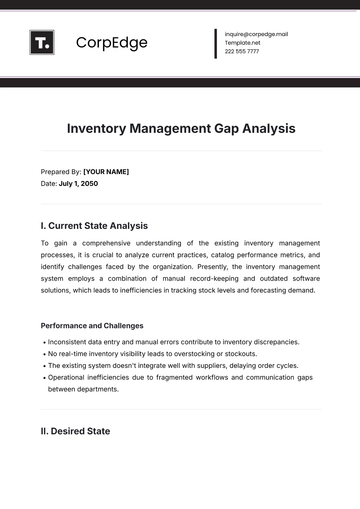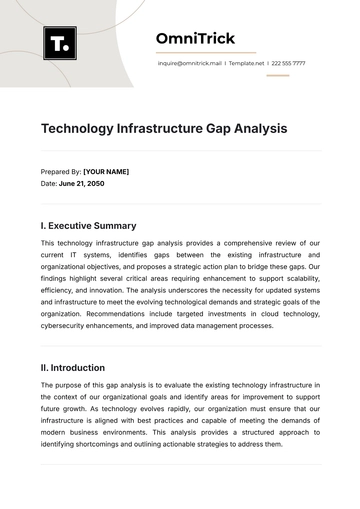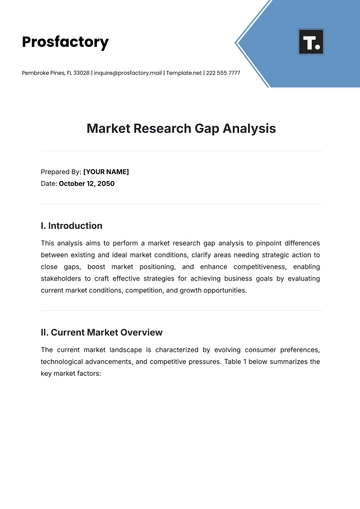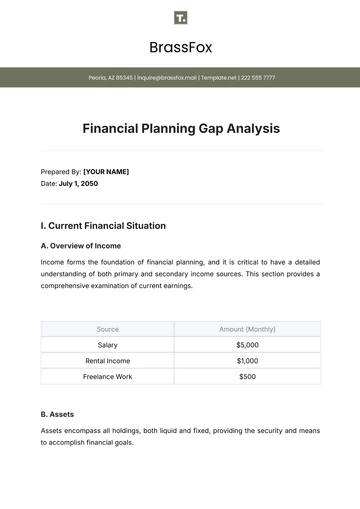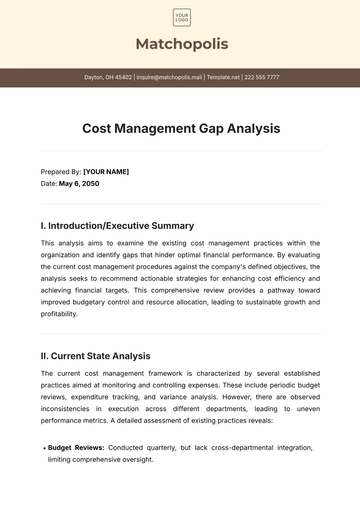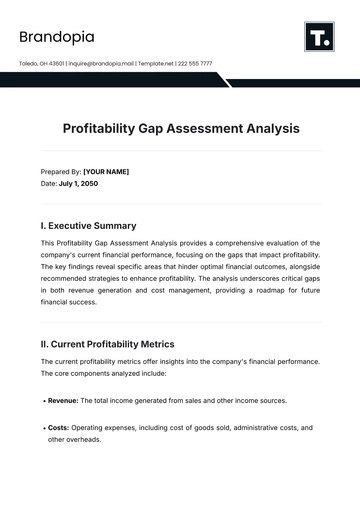Free Interior Design Concept Analysis
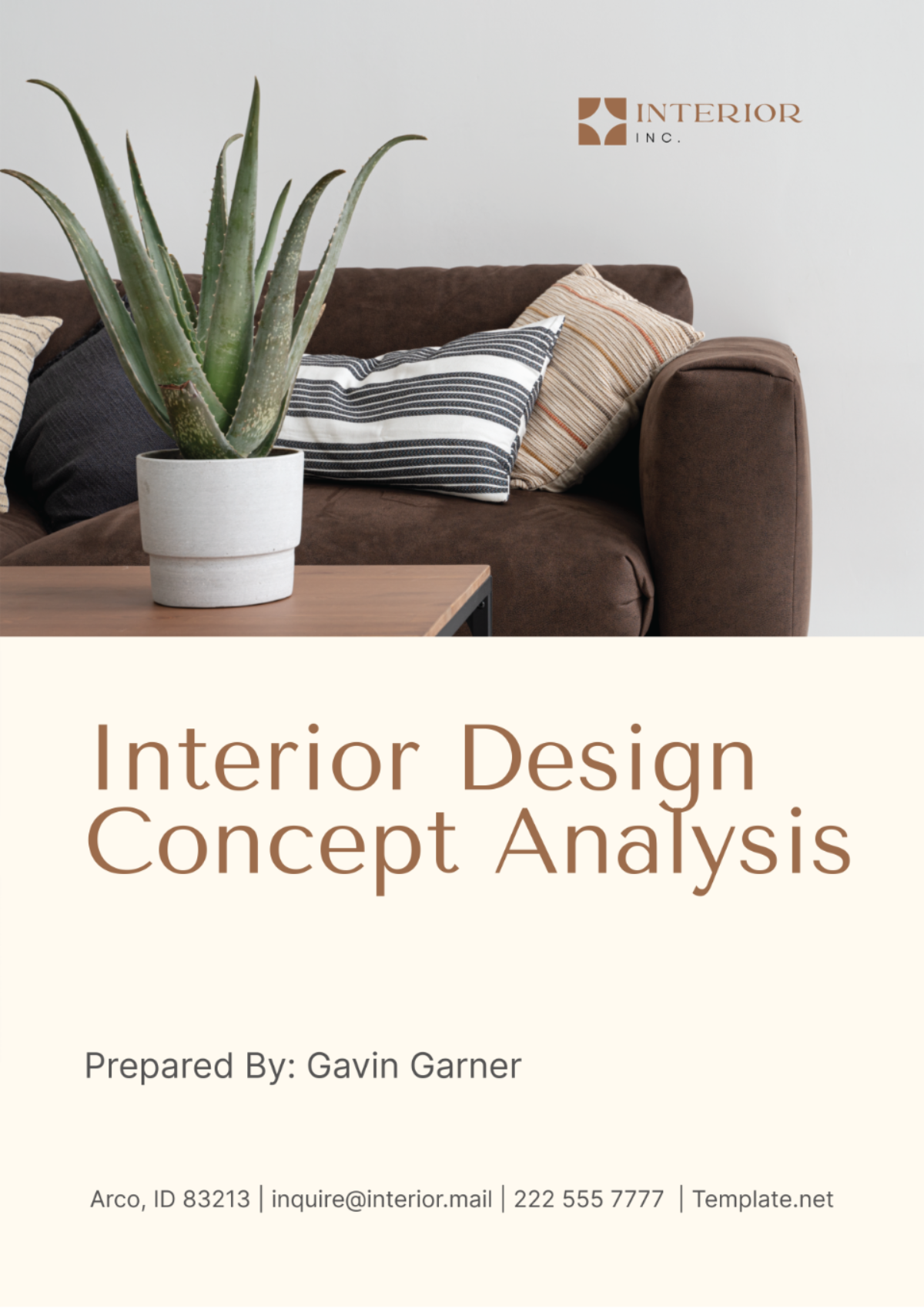
Introduction
Interior design transcends mere aesthetics by creating environments that embody the personalities, lifestyles, and functional needs of occupants. This analysis by [Your Company Name] explores diverse interior design concepts, identifying trends, preferences, and their effectiveness in fulfilling their intended functions. Focused on examining materials, color schemes, layout configurations, and technology integration, this comprehensive review aims to equip architects, designers, and homeowners with insights that enhance decision-making for both commercial and residential space planning and design strategies.
Methodology
A robust mixed-method approach was utilized, combining qualitative evaluations with quantitative data to analyze interior design projects from the past five years. These projects spanned multiple cities globally, encompassing both residential and commercial spaces. Key performance indicators such as client satisfaction, design efficiency, and cost-effectiveness were examined. A broad range of sources, including market reports, design portfolios, and consumer surveys, contributed to a rich dataset. This data was synthesized and categorized to distill prevalent design trends and assess their practical impacts.
Key Findings
Modern vs. Traditional:
Urban environments show a marked preference for contemporary design elements over traditional styles.
In contrast, traditional aesthetics continue to be favored in rural settings and certain upscale suburban communities.
Sustainability:
There is a notable increase in the adoption of sustainable and eco-friendly materials in design projects.
The pursuit of LEED certification is becoming more pronounced in commercial spaces than in residential settings.
Technological Integration:
The expectation for smart home technology is now a standard in both luxury and mid-range residential designs.
Commercial spaces are progressively incorporating advanced technologies to enhance customer experiences.
Insights from the Data
The table below offers a quantitative snapshot of design preferences and user satisfaction across different design types. This data provides a clear picture of current market trends and the effectiveness of various design approaches in meeting user expectations.
Design Type | Preference Rate (%) | User Satisfaction (%) |
|---|---|---|
Modern/Contemporary | 75 | 85 |
Traditional | 25 | 90 |
Eco-Friendly | 65 | 80 |
Technologically Integrated | 85 | 88 |
Actionable Recommendations
Modern Design: Prioritize the integration of modern design elements in urban residential and commercial projects to align with prevailing preferences.
Eco-Friendly Materials: Expand the availability and variety of eco-friendly materials to appeal to environmentally-conscious consumers.
Smart Home Technology: For high-end residential projects, ensure that smart home technology is integrated to meet current market expectations.
Traditional with a Twist: Enhance traditional designs with modern amenities to combine aesthetic appeal with increased functionality.
Conclusion
This analysis highlights a strong preference for modern and technologically integrated interiors in urban areas, while traditional designs hold sway in less urbanized regions. The growing emphasis on sustainability reflects a shift towards more environmentally responsible design practices, increasingly influencing consumer decisions. The recommendations provided aim to leverage these trends effectively, enabling designers and developers to enhance client satisfaction and market relevance. As the landscape of interior design evolves, staying attuned to these trends is crucial for future success and innovation in the field.
Prepared By: [Your Name]
For: [Your Company Name]
- 100% Customizable, free editor
- Access 1 Million+ Templates, photo’s & graphics
- Download or share as a template
- Click and replace photos, graphics, text, backgrounds
- Resize, crop, AI write & more
- Access advanced editor
Refine your interior design concepts with the Interior Design Concept Analysis Template from Template.net. This versatile tool offers a structured approach to analyzing and refining your creative ideas. With editable features and customizable options, our AI editor tool ensures seamless adaptation to your unique vision. Elevate your design process and bring your concepts to life with this comprehensive template at your fingertips.

